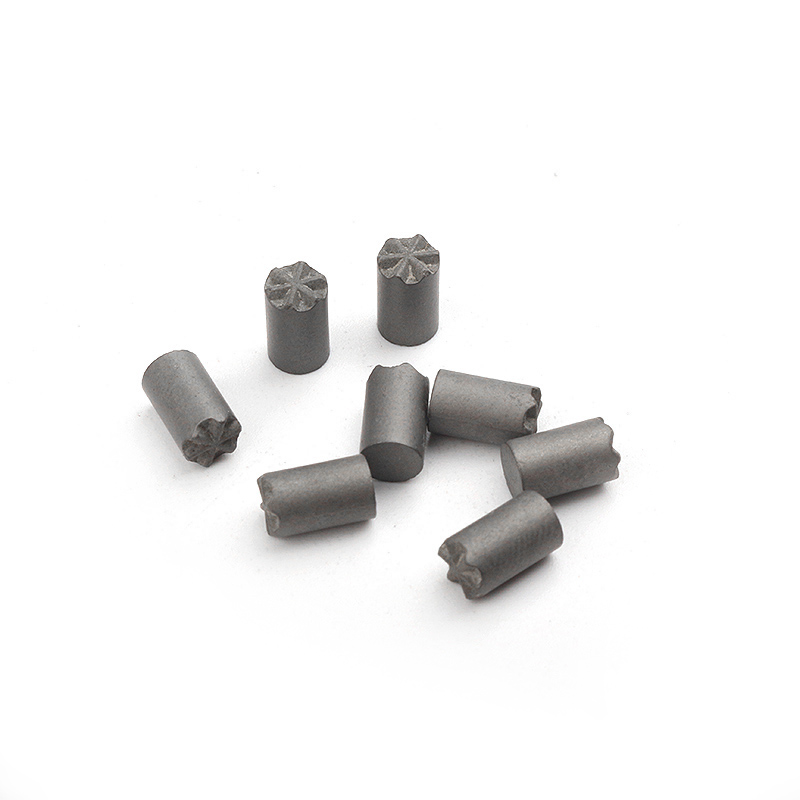2025-05-02
The industrial drilling landscape is experiencing a transformative shift as cemented drill bits take center stage in revolutionizing precision drilling across various sectors. Engineered for high performance and durability, these drill bits have rapidly become a preferred choice in applications ranging from mining and construction to aerospace and automotive manufacturing. With continuous innovations in material science, design, and digital integration, cemented drill bits are redefining efficiency and reliability in demanding environments.
Advanced Material Composition and Design
At the core of cemented drill bits’ performance is their unique composition—a composite of tungsten carbide particles bonded with a high-strength metal, typically cobalt. This combination imparts exceptional hardness and resistance to wear, qualities that are essential when drilling through abrasive and hard materials. Recent advancements in material processing have led to enhanced particle distribution and optimized binder content, resulting in drill bits that can endure higher stress levels and longer operational hours.
Design improvements have also played a significant role in boosting the performance of cemented drill bits. Manufacturers are leveraging computer-aided design (CAD) and finite element analysis (FEA) to refine tip geometry and flute design. By optimizing the cutting edges and improving chip evacuation capabilities, these drill bits can maintain cooler operating temperatures and reduce the risk of premature failure. The result is not only an extension in tool life but also an improvement in drilling precision—critical for industries where accuracy is paramount.

Digital Integration and Predictive Maintenance
In the era of Industry 4.0, digital technologies are increasingly integrated into manufacturing processes and tool management. Cemented drill bits are no longer standalone components; they are becoming part of smart manufacturing ecosystems. Embedded sensors in modern drilling systems can monitor vibration, temperature, and wear in real time. This data is transmitted to centralized monitoring systems or mobile applications, enabling operators to perform predictive maintenance.
Digital twins—virtual models of the drilling process—are now used to simulate and predict the performance of cemented drill bits under various operational conditions. This cutting-edge application of data analytics helps companies fine-tune their drilling operations, adjust process parameters on the fly, and ultimately extend the service life of their tools. By reducing unplanned downtime and preventing catastrophic tool failures, digital integration is saving manufacturers both time and money while ensuring that drilling operations remain efficient and safe.
Sustainable Practices and Environmental Impact
Sustainability is emerging as a key driver in industrial tool development. With cemented drill bits, manufacturers are not only focused on performance but also on reducing environmental impact. The extended service life of these drill bits contributes to lower material consumption and waste generation in the long term. Furthermore, advancements in recycling technology now allow for the recovery of valuable elements such as tungsten and cobalt from worn-out drill bits. By reintroducing these materials into the production cycle, companies are contributing to a more sustainable, circular economy within the manufacturing sector.
Innovative coating processes, including techniques such as Physical Vapor Deposition (PVD) and Chemical Vapor Deposition (CVD), are further enhancing the environmental profile of cemented drill bits. These coatings help reduce friction, enabling more efficient drilling that consumes less energy and generates less heat. As a result, the overall operational carbon footprint of drilling operations is minimized, aligning with global efforts to adopt greener production methods.
Market Trends and Industrial Applications
The demand for cemented drill bits is driven by a diverse range of industries that require consistent performance in harsh conditions. In the mining sector, for example, drill bits must withstand continuous exposure to abrasive rock formations and pressures. Similarly, in construction and infrastructure projects, the ability of cemented drill bits to reliably bore through reinforced concrete makes them indispensable.